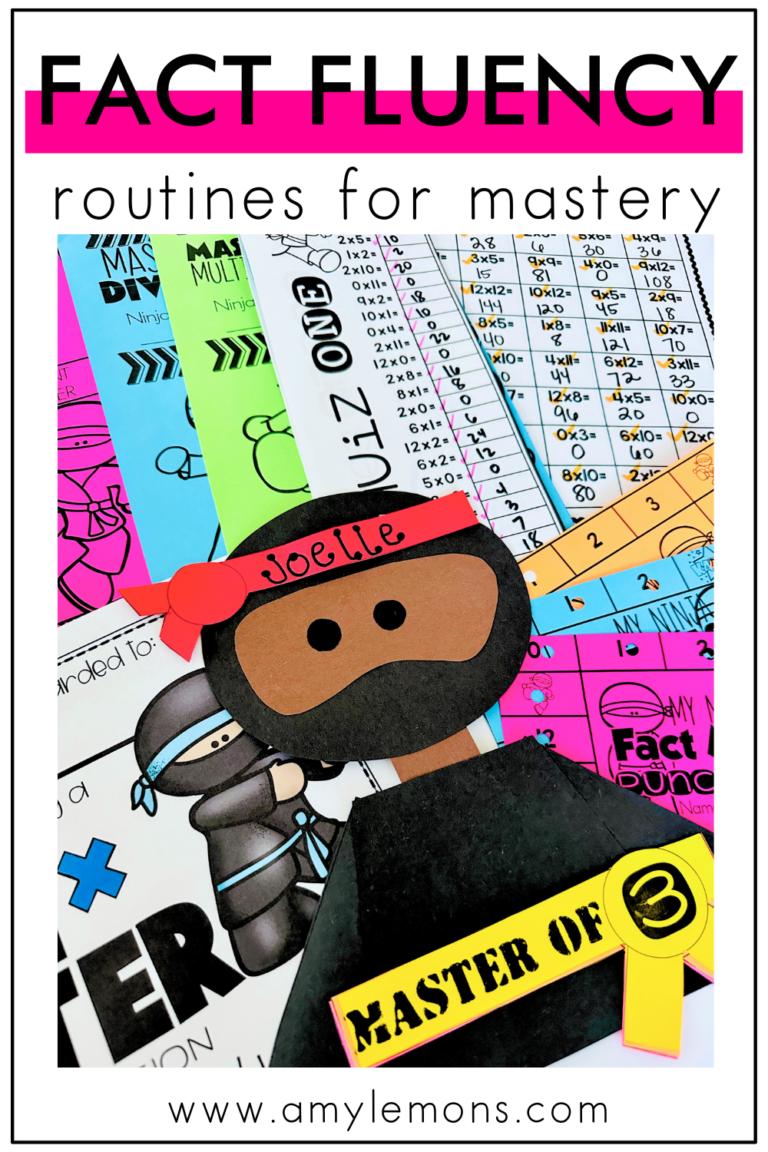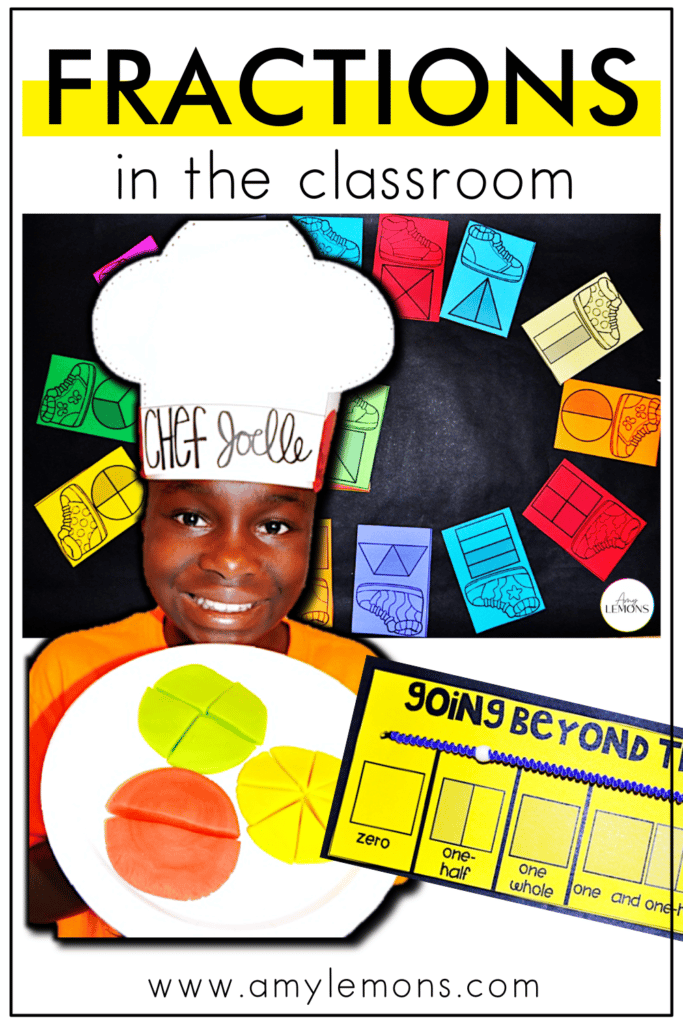

Do you want to know why students have a hard time with fractions? Because it’s difficult to imagine that there are numbers beyond the standard 1, 2, 3, 4. Or that fractions are numbers at all. I’m sure I felt the same way when they were first introduced to me, or at least I know I did because math was NEVER my thing! Until I became a teacher and learned NEW strategies for teaching fractions.
Things have changed and just like my dread turned excitement for math has blossomed, so can your student’s understanding of fractions. It just takes time and plenty of practice. With the right strategies for teaching fractions, you can make learning about fractions an enjoyable experience.
If students struggle with learning fractions because they can’t understand how they fit in with the numbers they’re used to then your fraction activities have to be hyper-focused on showing them how fractions are just numbers, too.
With these 3 fraction teaching strategies, you’ll be doing just that. Also, don’t forget your fraction FREEBIE located at the end of this post.
{Need more fraction help? Gain access to a complete set of fraction lesson plans, activities, crafts, and more for 4 full weeks with Magic of Math! Find it HERE.}
At the very basic level of teaching fractions, students must first SEE what fractions look like. It’s not enough to talk about what fractions are and their big, intimidating terms like denominators. Students need to see it, over and over again, in ways other than on a screen.
I like to use fraction models for this purpose. It makes it super simple for students to model creating fractions in different ways without wasting a ton of resources. And it’s a bonus that they get to do something hands-on in the classroom.
This is a great beginner fraction activity for students who are new to fractions. You can start with unit fractions and work your way up to more complicated fractions.
For this hands-on fraction activity, students use play dough to make little pizzas. You can use circle cookie cutters or cups to make them round and students can use plastic knives to slice them into equal parts.
After they’re complete, have your students discuss their pizzas and their parts or shares with a partner. Guide them in asking questions to help them understand the fractions in front of them. Some examples of questions you can ask are:
By asking clarifying questions, students will dig deeper into what makes a fraction a fraction and they can continue to model and/or manipulate the play dough to make new fractions. In the end, as a class, you can review how they were created and discuss what makes fractions so important.
I will never tire of strategies for teaching fractions that include movement. When we allow students to move around the room it opens the door to collaboration so students can feel comfortable assisting each other with learning fractions in a creative way.
Another great use for these types of fraction activities is students will gain more visual exposure.
You need lots of visuals when it comes to teaching fractions and one way I like to include more in my lesson plans is through group or partner games. Students can help support each other with identifying the fractions they see, writing them in the proper format, and understanding how to use them in context.
Inside our 2nd Grade Magic of Math fractions unit, we do a game of Musical Math! Using the image above as a reference, here’s how we do it:
In this game, students are identifying fraction types, writing out fractions, and getting some necessary physical activity!
Remember when I mentioned that students have a hard time with fractions because they can’t initially “see” them as numbers? Well, using fraction sliders helps solve this problem!
With fraction sliders, students can visualize fractions in the same way they see numbers on a number line.
I like to use this method when teaching students about moving beyond one whole. Like the image, students can see that they can have one whole and one half of something.
Use real-life relatable examples to explain this idea and don’t forget the visuals.
For example, if we are ordering pizza for a family, we will need more than one whole pizza. We may eat one whole pizza and 4 slices. That means we ate one and one-half or one and one-fourth of the pizzas.
Pose situations like that to the class to connect their personal experiences to the lesson. It will be a whole lot easier to explain when they can reference something they’ve had before. Another great bonus is that it helps students see that fractions are like sharing with others.
If I am sharing food, each piece that I share is a fraction of my food.
Teaching fractions can be hard. It’s true. But when you include strategies for teaching fractions that allow students to model their own fractions, use visuals and connect them to personal experiences, and have some fun with their classmates while learning, then you’ll make room for them to grow deeper in understanding.
Looking for more fraction activities? Check out THIS fraction activity round-up!
Grab a free sample of our Magic of Math fractions resource which can be used for 2nd or 3rd grade. The FREEBIE includes a lesson plan, whole group activity, individual fractions activity, interactive notebook, and more! You can gain access to the FREEBIE by visiting my TPT shop HERE.


Hey, y’all! My name is Amy Lemons and I am passionate about providing students with both engaging and effective standards-based Math and ELA lessons.

Sample a day of Rooted in Reading with these lesson plans and activities for Reading Comprehension, Vocabulary, and Grammar!